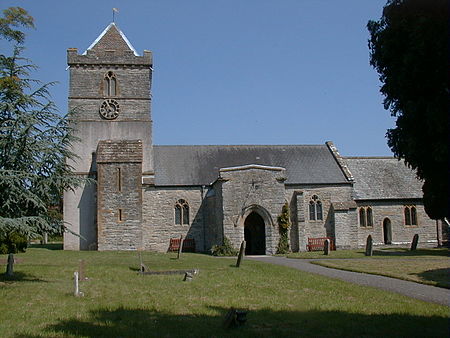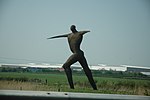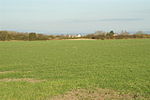Puriton

Puriton is a village and parish at the westerly end of the Polden Hills, in the Sedgemoor district of Somerset, England. The parish has a population of 1,968. The local parish church is dedicated to St Michael and All Angels. A chapel on Woolavington Road was converted to a private house some 20 years ago. The parish includes the hamlets of Dunball and Down End. In 1996, the village was described as "now becoming a rural commuter village". The built-up area is mostly between 5 and 50 metres above sea level. The village has a full range of facilities, such as a primary school, parish church, pub, post office, butcher and hairdresser. It started to expand considerably in the 1960s and 1970s when new houses were built on former farm land, a former infilled stone Blue Lias quarry, Puriton Park, and on fields between the existing houses. The old Victorian school near the church was converted into homes and a new school built elsewhere. The Manor House was sold in 1960 and four houses were built on its former tennis courts; the House is in multiple occupancy.
Excerpt from the Wikipedia article Puriton (License: CC BY-SA 3.0, Authors, Images).Puriton
Church Field Lane,
Geographical coordinates (GPS) Address Nearby Places Show on map
Geographical coordinates (GPS)
| Latitude | Longitude |
|---|---|
| N 51.172 ° | E -2.973 ° |
Address
Church Field Lane
Church Field Lane
TA7 8BX
England, United Kingdom
Open on Google Maps










